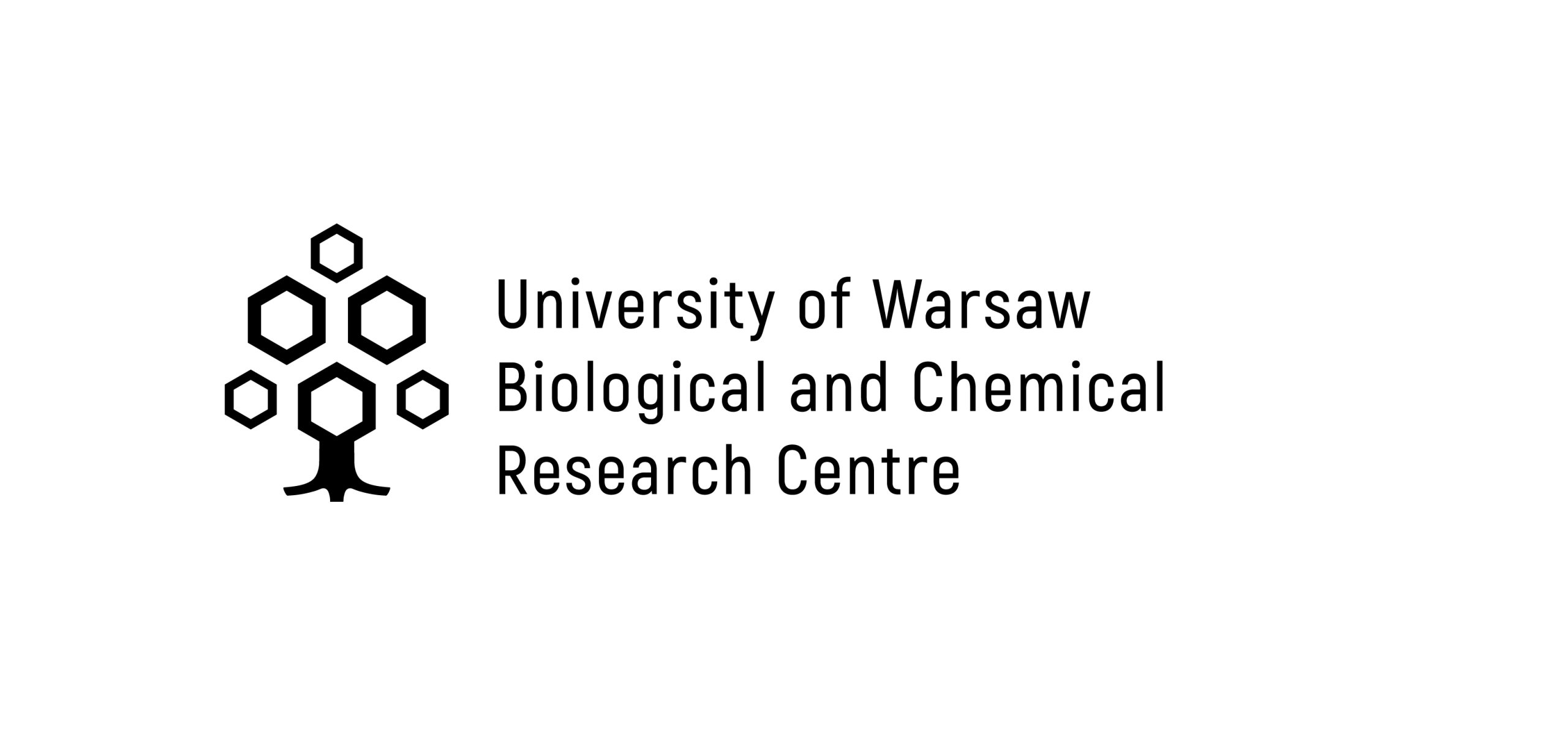The Jan Czochralski Laboratory For Advance Crystal Engineering
Description of the group
The group’s scientific interests are mainly related to the design and physicochemical characteristics of new, water rich organic systems such as alcohols, amines and other compounds which are liquids at room temperature. Other complex multi-component systems are also analysed. The main research topic is structural chemistry of gas and liquid clathrates and hydrates. One of the most interesting systems we studied was t-butylamine. This system, depending on the stoichiometric ratio between amine and water, forms as many as 7 different types of structures, which is a very unique phenomenon. Their structural analysis has shown that the crystalline structures obtained by successive amine dilutions in water can be considered as frozen degrees of hydration on the way to the infinitely diluted form of hydrate or crystalline ice. Crystals suitable for testing are obtained in our laboratory as a result of in situ IR laser-assisted crystallization. It is a unique method on a global scale, which allows to obtain crystals directly on the diffractometer head.
Research activities
The basic tools we use are X-ray diffraction on single crystals and on powder material. The first one makes it possible to determine the crystal and molecule structure, the second one is used mainly to develop an optimal method of synthesis taking into account different stoichiometric composition and analysis of phase composition and phase transitions. Crystals that are of interest to us are tested for phase transitions, twinnings and disorder. Apart from structural X-ray analysis, we also use spectroscopic (Raman spectroscopy) and thermal methods using DSC and TGA/DSC to characterise individual phases. In addition to analyses over a wide temperature spectrum, high. pressure tests are also performed
Offer
- X-ray structural analysis on single crystals (XRD) in the temperature range 100-500K;
- X-ray analysis on powder material (PWXRD) in the temperature range 100-500K;
- Calorimetric measurements with DSC in the temperature range -170 to 700°C or TGA/DSC in the temperature range -150 to 1000°C;
- Raman spectroscopy of solids and liquids in the temperature range 100-500K.
Team leader
Professor Michał K. Cyrański is the co-author of over 150 original papers and 14 review papers. The main scientific interests relate to the structural chemistry of small organic systems, including cyclic pi-electronic systems, saccharides, supramolecular chemistry of boronic acids, crystalline engineering, especially in relation to gas and liquid clathrates, X-ray structural analysis, crystallochemistry, substitution effect, molecular modeling (ab initio), structural and energy aspects of the aromatic nature of pi-electronic systems. In 2015, he received an award from the Minister of Science and Higher Education for outstanding scientific achievements leading to the title of professor.
